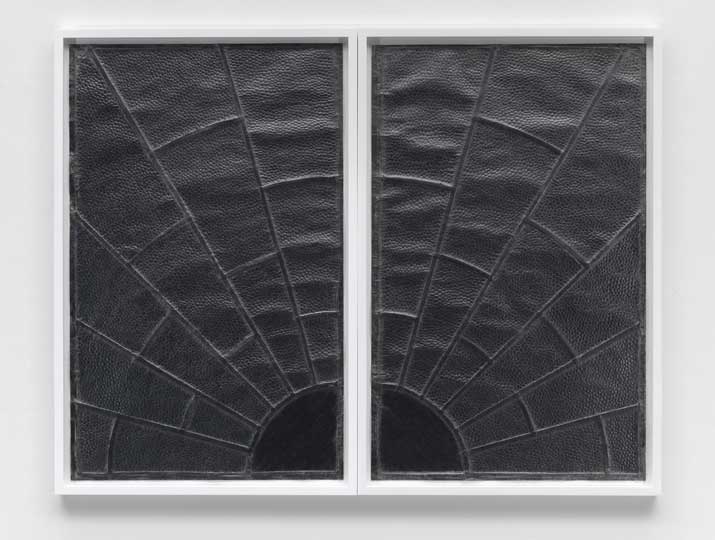Prints are really making an impression at the moment. Dulwich Picture Gallery only recently closed their display of Hockney’s extensive career in printmaking, and the RA ‘Renaissance Impressions’ show highlighted how modern artists like Georg Baselitz continue to collect and be inspired by old master prints. The RA Summer Exhibition always showcases highlights of contemporary printmaking in its densely hung Print Rooms, and this year’s display is particularly vibrant.
Printmaking old and new come together at the Courtauld this summer. Every year the Courtauld students on the MA in Curating the Art Museum are responsible for an exhibition, picked from the Courtauld and Arts Council collections, to accompany the gallery’s main summer exhibition. This year, the main show is taken from the Courtauld’s superb print collections. ‘Bruegel to Freud’ highlights how five centuries of artists have produced innovative and striking prints as part of their broader practice. It is wonderful to see engravings and etchings by Canaletto, Mantegna and Bonnard alongside a woodblock print by Gauguin, a drypoint by Morisot and a lithograph by Matisse. The selection nicely shows the subtle range of imagery that is possible from different printing techniques.
The MA students have made a brilliant choice for the linked exhibition, ‘Impress’, taking as their starting point the simple concept of printmaking requiring the application of pressure to paper. They told me how, on seeing the print selection, ‘we were struck by the three-dimensionality: traces of the pressure used in their production still visible through indentations in the surface.’ So, they have turned to the modern artists among the ACE and Courtauld works to look for how the process of printmaking, of pressure and impression, has been taken and expanded.
‘We discovered many artworks which explored the application of pressure in ways which would not usually be considered as printmaking. We chose works which employ and expand upon traditional printmaking techniques and ask questions about what a print can be and do.’ Thus, the first room focuses on the two-dimensional, but considers printmaking expanded into different materials and functions. Richard Long’s photograph A Line Made by Walking records the pressure of his passage, walking up and down a patch of grass, but also makes the process permanent through printing on paper. Five Hour Cloud Drawing by Roger Ackling (who sadly died recently) used sunlight to burn his design into paper, while Langlands and Bell’s two pieces present ghostly building plans, simply embossed into the page.
The second room, expands the concept of print-making into three dimensions, considering works that use pressure on more complex surfaces. A wonderful site-line is set up as you enter the room, from Mona Hatoum’s mesmerising ‘+ AND –‘ to Richard Long’s powerful River Avon Mud Hand Spiral. Both present circles with natural materials: Long’s a circle of hand prints made with Avon mud, Hatoum’s a tray of sand constantly raked into circular ridges and swept clean by a motorised arm. Donald Rodney’s In the House of my Father, finally, takes the concept of impressions of the human body right through to the encoding of our fingerprints and DNA. A close-up, intensely detailed photograph shows Rodney’s hand holding a tiny house-like structure made from his skin. The skin was removed during an operation to counteract his Sickle Cell Anaemia, a genetic disease of which both Rodney and his father died.
Impress, thus, uses a simple observation about the practice of print-making, and the material marks that this leaves on the page, to make a broad subtle point about what a print is and does. A sophisticated hang shows how the print continues to engage and excite contemporary artists. I’m certainly impressed.
‘Impress: Printmaking expanded in contemporary art’ is at the Courtauld Gallery until 20 July.
